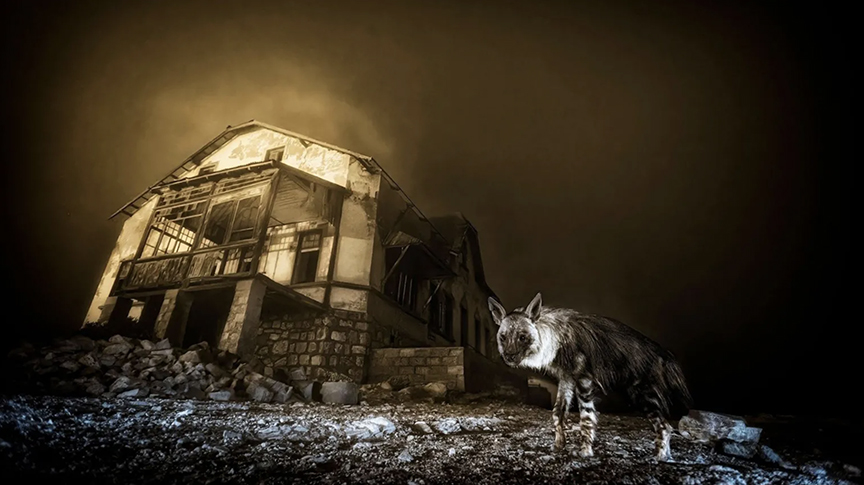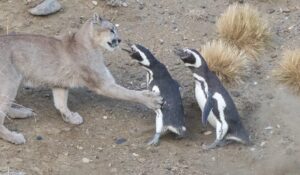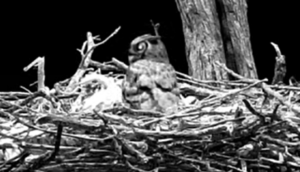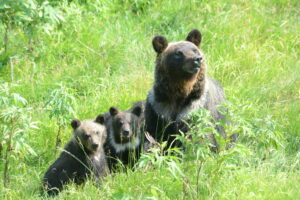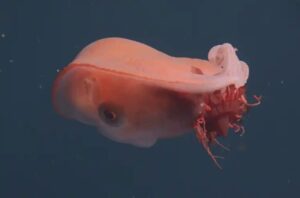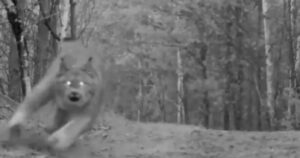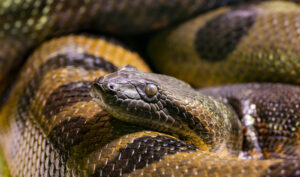South African photographer Wim van den Heever says it took him ten years to finally photograph the rare and elusive brown hyena in Namibia’s abandoned mining town of Kolmanskop.
Brown hyenas are the rarest of all hyena species, with conservationists estimating there are between 5,000 and 8,000 left. Hyenas aren’t well-liked, but they play a vital role in their ecosystem.
The image also won in the Urban Wildlife category, playing with the boundaries between urban and natural environments. Kolmanskop was abandoned 70 years ago when the diamond mine ran dry. During the day, tourists visit to explore the crumbling town. At night, the tourists leave, and the hyenas emerge.
Van den Heever returns year after year to Kolmanskop, capturing haunting images of an abandoned town. But until now, the hyena had escaped his lens. Photo: William Van den Heever
Ghost town stakeout
At least, South African photographer Van den Heever was convinced that they did. Over a decade, he returned again and again to the Namib Desert ghost towns. He found hyena tracks and scat, and caught glimpses of their dark shapes darting behind sand-blasted walls, but cryptid-like, they eluded his camera. After a decade of setting camera traps, a single hyena decided to cooperate, allowing Van den Heever to get the winning shot in the 2025 Wildlife Photographer of the Year competition.
Run by the London Natural History Museum, the contest gathers the most striking wildlife images of the year. Last year’s winner featured a cadre of tadpoles from British Columbia. This year, the winners cover a diverse array of species, themes, and settings. All of them capture a unique moment from the animal kingdom.
The competition has been running since 1965, when David Attenborough presented the very first award. Today, tens of thousands of entries are narrowed down to around 100 winners across more than a dozen categories.
Besides the elusive hyena, another Namibian mammal, one of the Skeleton Coast’s uniquely maritime lions, was highly commended in the competition. Like the brown hyena, Namibian lions hunt seals on the Skeleton Coast.
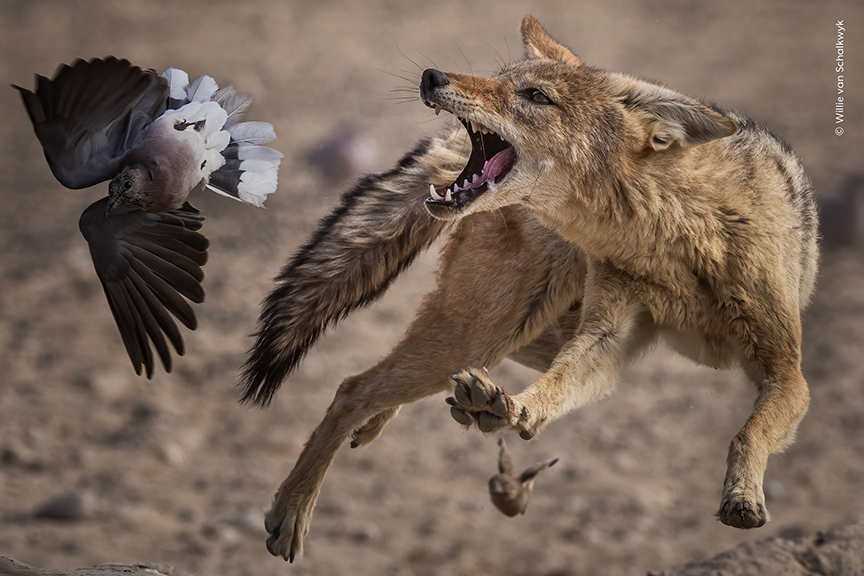
Jackals are another denizen of the Skeleton Coast and occasional visitors to Kolmanskop. This highly commended snap of a jackal and escaping turtle doves captures High Baroque drama. Photo: Willie van Schalkwyk
Category awards and standouts
The Photojournalist Story Award goes to a series of pictures that explore a central theme. This year, the winner was Javier Aznar Gonzalez de Rueda of Spain, who examined the turbulent relationship between humans and rattlesnakes in the United States. His photographs show the beauty of these feared reptiles and reflect on the annual tradition of culling them.
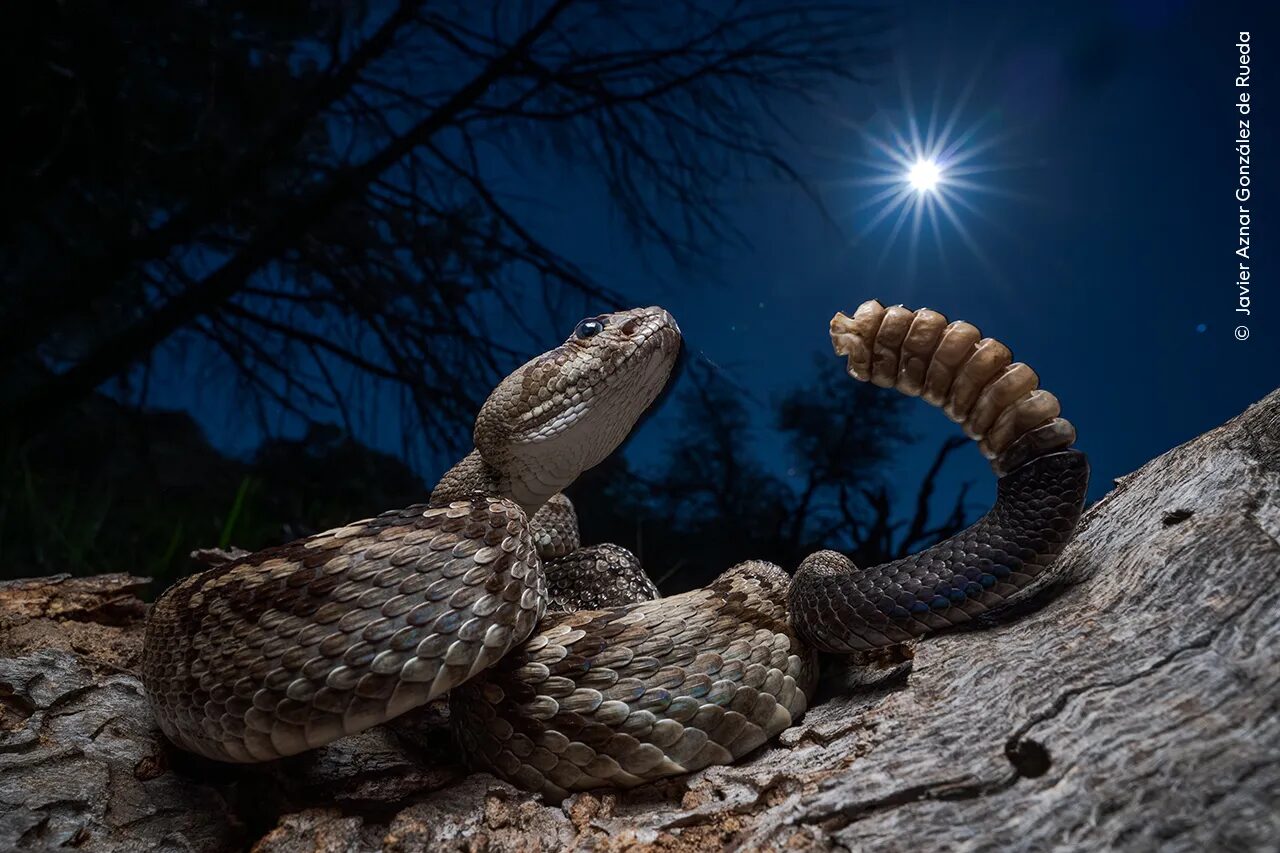
A black-tailed rattlesnake outside Fort Davis, Texas. Photo: Javier Aznar Gonzalez de Rueda
Other photojournalist entries showed the effects of anthropogenic climate change, plastic-choked ecosystems, and the exotic pet trade. The competition aims, in part, to increase the visibility of such important work.
While many of the images feature animals, the competition also includes plants, fungi, and even protozoa. Imre Potyo’s shot of a rare bearded hedgehog fungus was highly commended, with other winners showcasing phosphorescent pitcher plants, coral structures, springtime meadows, and the tiny alien world of slime mold.
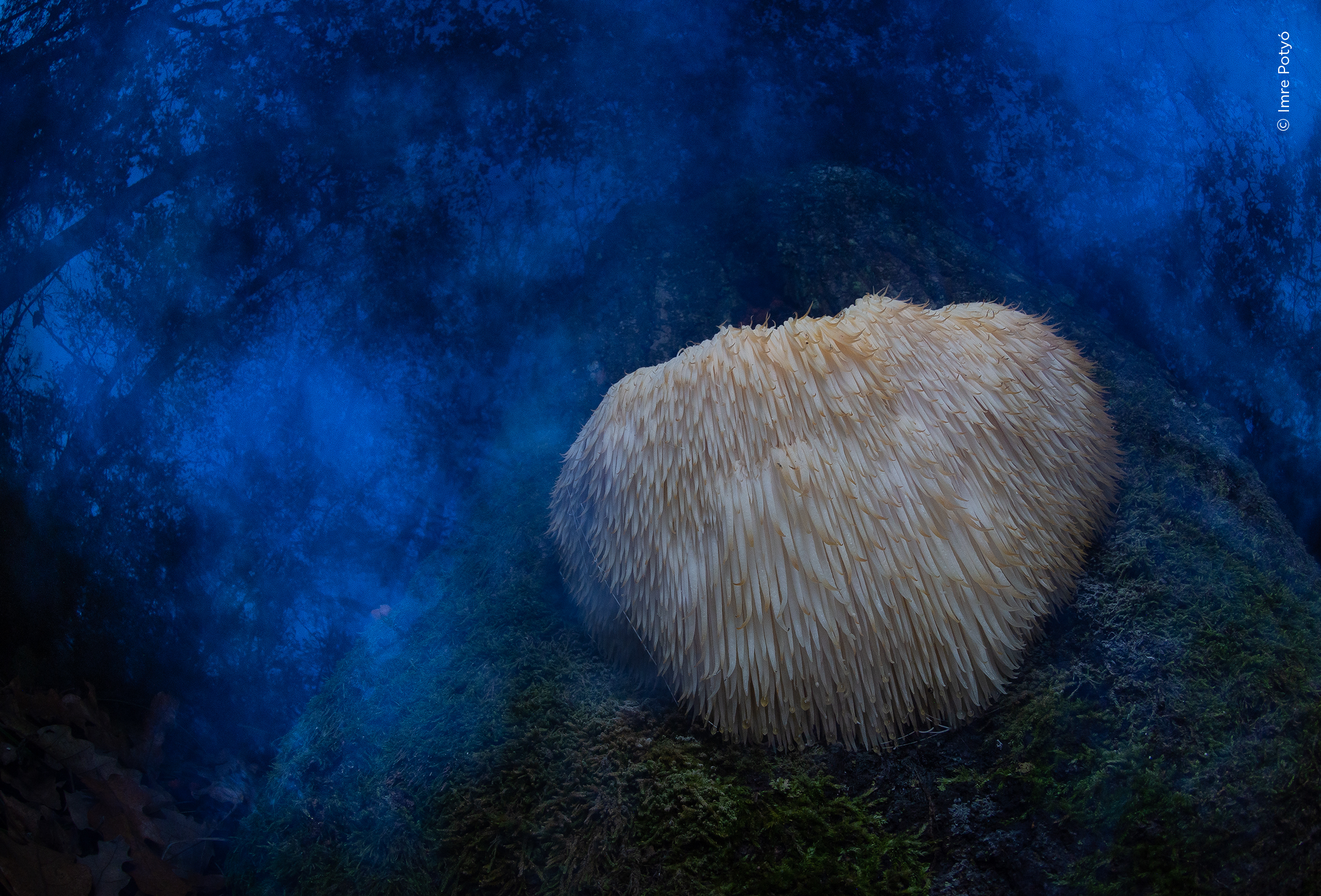
This fungus, flowing down the trunk of a large turkey oak in Hungary, is rarely seen. Photo: Imre Potyo
In addition to the winners showcased, the competition runs a People’s Choice award, which the public can vote for. This vote will happen in the winter, with the winner being announced sometime in the new year.
You can view all the images in England’s Natural History Museum in London, beginning on October 17, or visit their website.
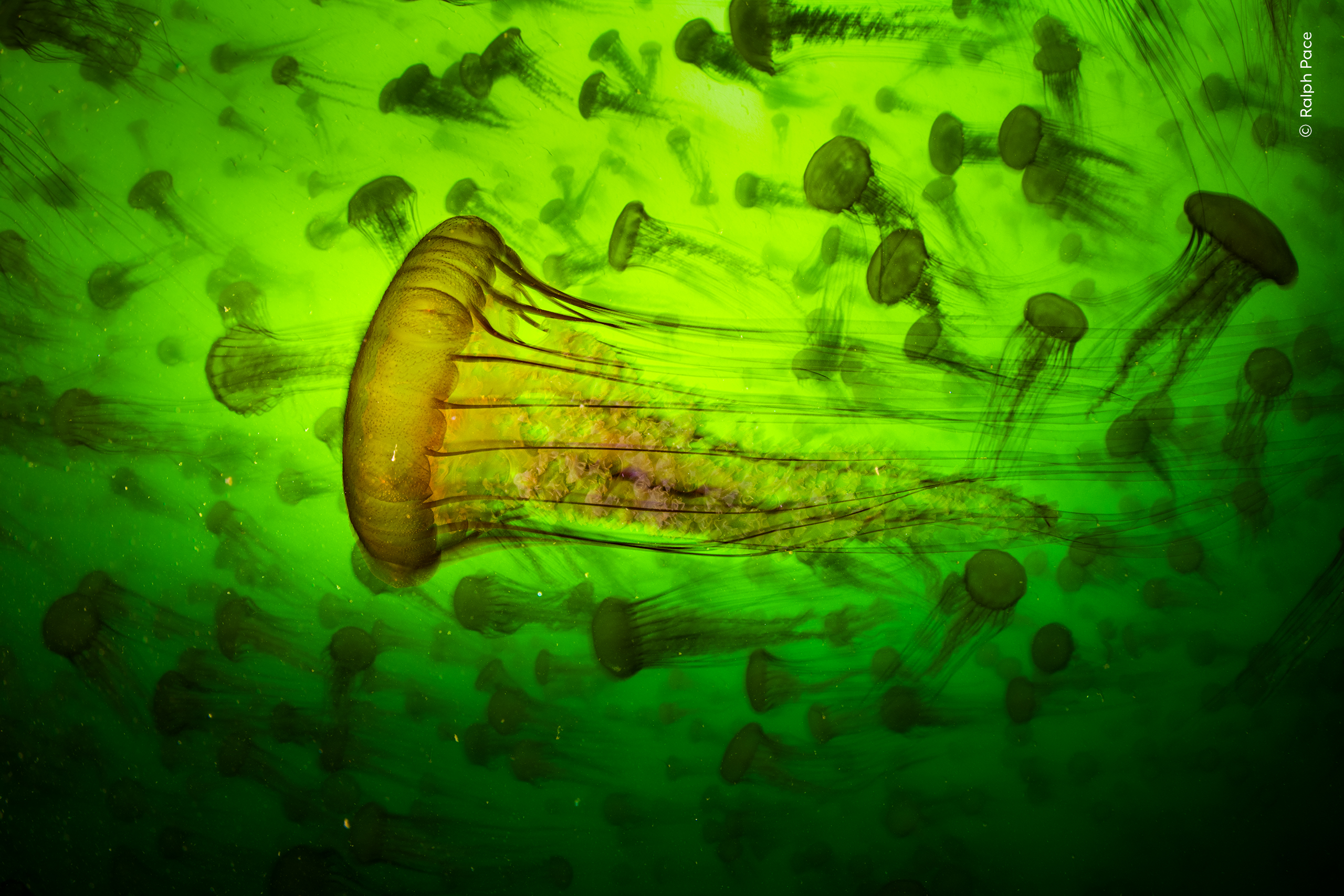
Large groups of Pacific sea nettles, called ‘smacks.’ Photo: Ralph Pace
